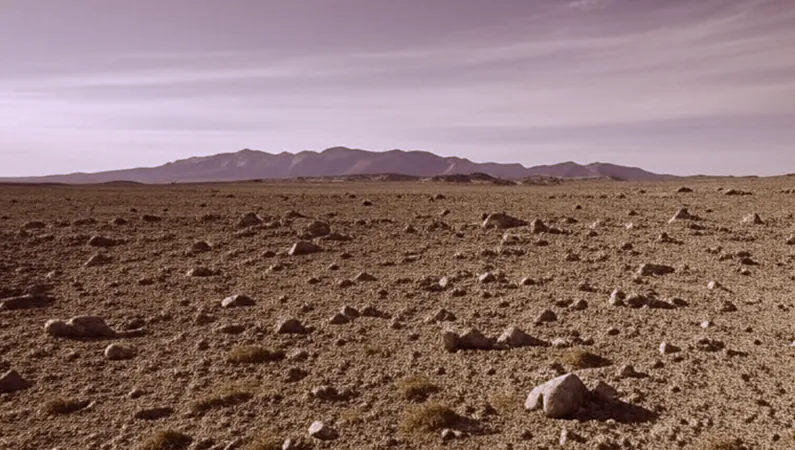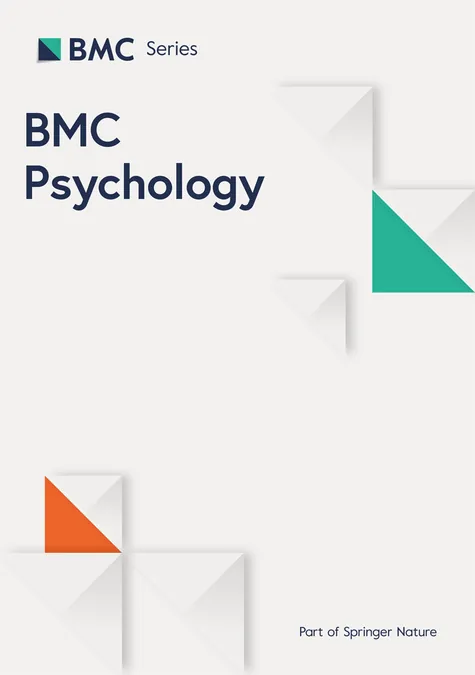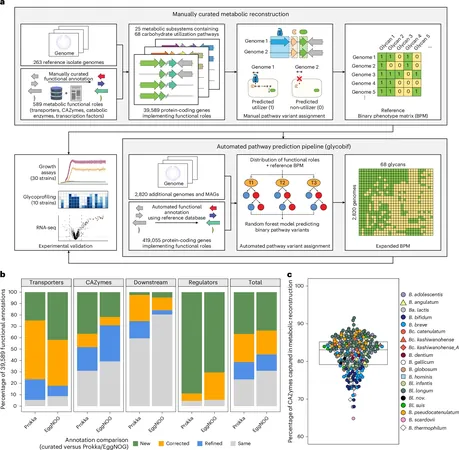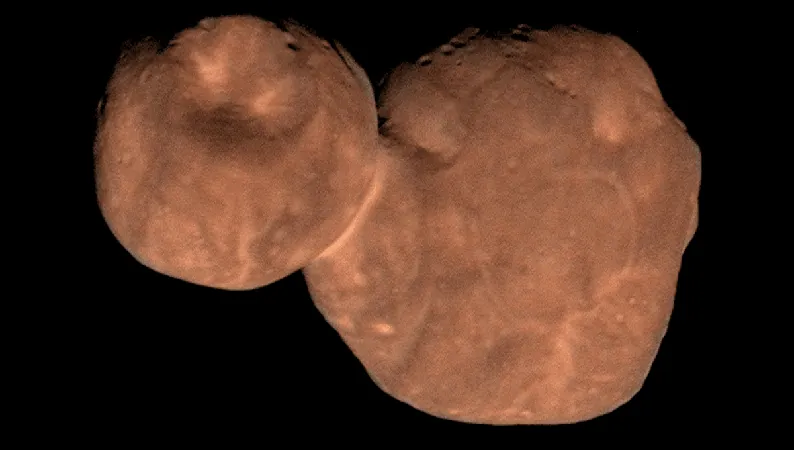
Unlocking Secrets of Life: Isotope Signatures in Early Earth and Exoplanet Atmospheres
2025-06-04
Author: Siti
The Quest for Biosignatures in Exoplanets
Astrobiologists and exoplanet researchers are on a groundbreaking mission—to find clear signs of life in the atmospheres of distant worlds. The key to this quest? Gases that shouldn't exist together or those that hint strongly at biological origins.
The Power of Isotope Ratios
To enhance our chances of detecting extraterrestrial life, it's crucial to analyze the isotope ratios of essential atmospheric components. Take, for instance, the carbon isotopes in carbon dioxide (CO2) and methane (CH4), which can tell us a tale of their own.
On our own planet, processes like thermogenesis and volcanism create a notable difference in the carbon-13 (δ¹³C) signature between atmospheric methane and carbon dioxide—around -25‰. Interestingly, this could have shifted significantly to as low as -95‰ with the emergence of hydrogenotrophic methanogens.
Nitrogen and Sulfur: Nature’s Markers
While nitrogen fixation by nitrogenase leads to a more modest variation in nitrogen-15 (δ¹⁵N) between nitrogen gas (N2) and ammonia (NH3), other production mechanisms can produce extraordinary signals. For instance, extreme enrichment of HCN in terms of δ¹⁵N could stem from photochemical processes—indicating life may leave its mark in unexpected ways.
Furthermore, sulfur compounds like SO2 can reveal secrets about exoplanet atmospheres. Self-shielding processes may enrich sulfur-34 (δ³⁴S) in sulfur monoxide (SO), potentially observable in atmospheres akin to that of the exoplanet WASP-39b.
The Road Ahead for Astrobiology
To reliably measure these delicate isotope ratios in terrestrial-type exoplanets, we must advance our tools significantly. Higher spectral resolutions and larger light-collecting areas are essential for peering into these cosmic atmospheres.
The exploration of these biological, equilibrium, and photochemical signatures not only enlightens our understanding of Earth’s past but also paves the way for revealing the potential for life on distant planets. The more we learn, the closer we get to answering one of humankind's most profound questions: Are we alone in the universe?



 Brasil (PT)
Brasil (PT)
 Canada (EN)
Canada (EN)
 Chile (ES)
Chile (ES)
 Česko (CS)
Česko (CS)
 대한민국 (KO)
대한민국 (KO)
 España (ES)
España (ES)
 France (FR)
France (FR)
 Hong Kong (EN)
Hong Kong (EN)
 Italia (IT)
Italia (IT)
 日本 (JA)
日本 (JA)
 Magyarország (HU)
Magyarország (HU)
 Norge (NO)
Norge (NO)
 Polska (PL)
Polska (PL)
 Schweiz (DE)
Schweiz (DE)
 Singapore (EN)
Singapore (EN)
 Sverige (SV)
Sverige (SV)
 Suomi (FI)
Suomi (FI)
 Türkiye (TR)
Türkiye (TR)
 الإمارات العربية المتحدة (AR)
الإمارات العربية المتحدة (AR)